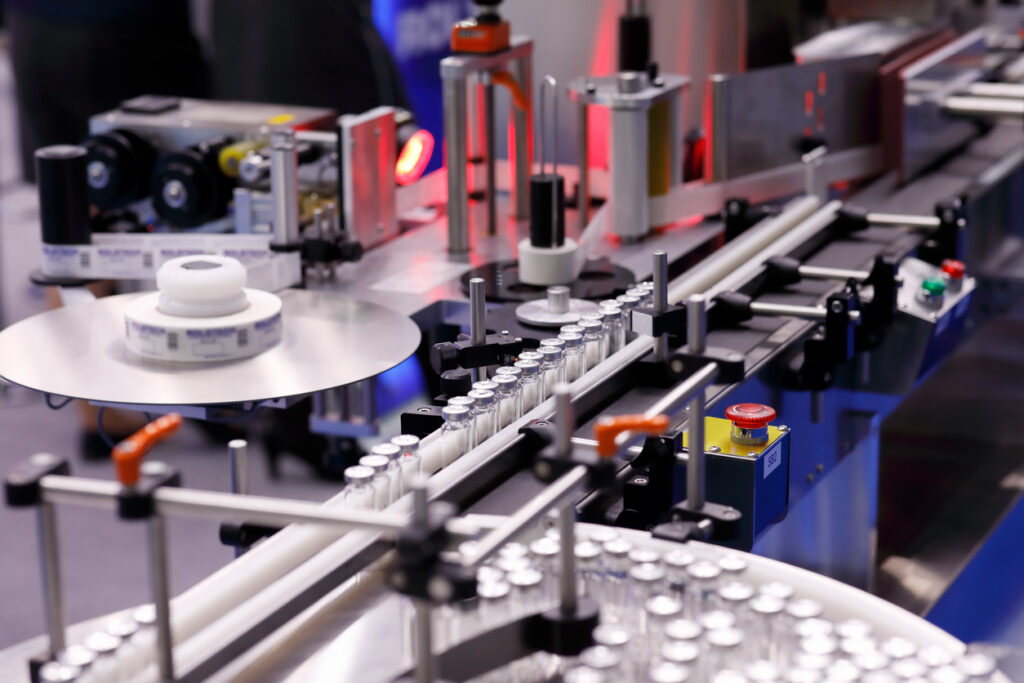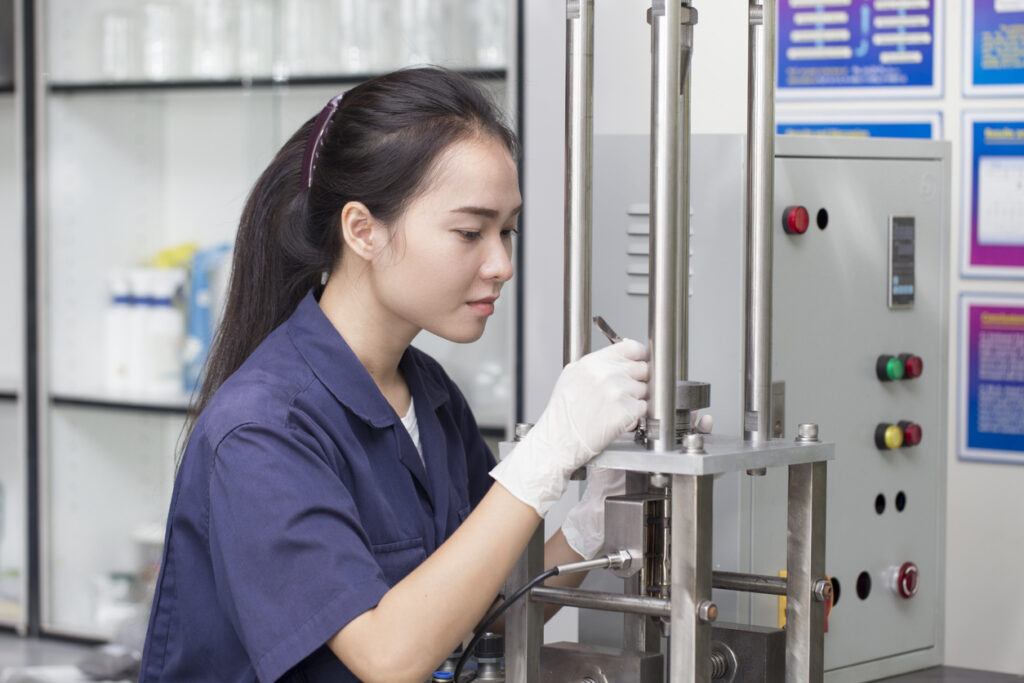It is clear that sealing technologies prevent leaks and contamination in manufacturing settings. When you think about it, the purpose of two mechanical elements is to hold liquids and gases in place. Seals, on the other hand, work to prevent contaminants from entering the environment, which can lead to serious problems. If contamination occurs inside a facility or machine, then it could contaminate other parts or even spread outside into the surrounding area.
What is a Seal?
A seal is a mechanical device designed to prevent leakage, or the flow of gases or liquids through an opening or joint. The purpose of a seal is to keep manufacturing facilities, staff members, and the community at large safe by stopping materials from entering or exiting an enclosure.
There are several different types of seals: mechanical seals, which use springs and diaphragms; elastomeric seals, which use rubber sheets; magnetic seals that use magnets to create an airtight seal; labyrinth (or labyrinthine) seals made from materials like Teflon; brushless DC motors that have no brushes for electrical contacts; hydraulic cylinders that move pistons in response to hydraulic pressure—and so on.
Seals are a vital component of any manufacturing facility because they prevent the contamination of products and materials. They also ensure that the surrounding environment remains safe and free from harmful chemicals, gases, vapors, dusts, and particles that can be released into the atmosphere when products are manufactured.
Preventing Contamination with Sealing Technology
Sealing technologies prevent leaks that cause contamination, these two things that can occur in any manufacturing environment. Contamination is the introduction of foreign substances into materials that can harm product quality and operation. Leaks are the unintentional release of fluids from a system or component, often resulting in environmental damage.
Preventing these problems is crucial for ensuring the high quality of products and operations you provide to your customers. Sealing technologies help you achieve this goal by stopping contaminants from infiltrating your facility and preventing leaks during the shipping or storage processes.
Applications for Mechanical Seals
Mechanical seals can be applied in a variety of applications and industries, including industries we serve at Sealing Specialties. Some examples include, but aren’t limited to:
- Automotive manufacturing
- Energy processing
- Chemical processing
- Communication systems
- Food & beverage
- Pharmaceutical
- Pulp & paper
- Life science and medical device manufacturing
- Semiconductor
Seals are critical to the integrity of these systems, and selecting the correct type of seal is key to ensuring that your system operates efficiently.

Why Seal Failures Happen
Why do leaks occur? Proper installation and maintenance of sealing technologies is critical to ensure their effectiveness and reduce the risk of mechanical seal failure. This includes following the manufacturer’s instructions, using the correct tools and equipment, and regularly inspecting and replacing seals as needed. Failures of these systems may be caused by a lack of maintenance or poor installation practices. In some instances, failures have been attributed to having an incorrect material or application for an application (e.g., using a silicone O-ring instead of a Buna-N O-ring).
Installation errors can lead to leaks, gaps and voids in the seal. This can happen when the installer does not use the correct equipment for installation or does not use proper application techniques. For example, if a sealant is applied too thickly or over-applied, it may expand and crack under strain.
Installation errors can also occur when a sealant is applied to an incorrect surface (e.g., if a sealant is used on an oxidized metal surface rather than a clean, polished one). The seal may fail due to improper installation techniques, such as not allowing enough time for the sealant to cure or failing to provide adequate support during curing.
Choosing the Right Seal Requires Personal Attention
When selecting a sealant, it is important to consider the application requirements, operating conditions and environment, and material or substance being sealed. You must consider such things as tightness of fit, overall integrity of your system and its ability to withstand shock loads that can occur during use. It’s important to consider how much pressure will be applied during operation – will it affect your selected sealing technology? Is it sustainable for your facility?
Choosing the right sealing technology to prevent leaks requires personal attention. So lien on a good sealant supplier who can help you with this process by providing you with different types of products that will meet your demands and keep your system safe from leaks and contamination. When it comes to navigating the niche industry of seals and their complex regulations, it’s best to have an expert you can trust.
At Sealing Specialties, we pride ourselves on our team’s expert knowledge and our supplier partner relationships. Our clients can leverage our knowledge and network to obtain the best, most advanced sealing technologies available for their application.
Conclusion
In conclusion, sealing technologies are the best way to prevent leaks and contamination. You can count on them to keep your system clean and safe. Mechanical seals are usually the most cost-effective option, but other types of seals may be necessary in certain situations. The key is to make sure you choose a seal that matches your specific application needs so it doesn’t fail prematurely due to wear or damage caused by debris inside the machine chamber

